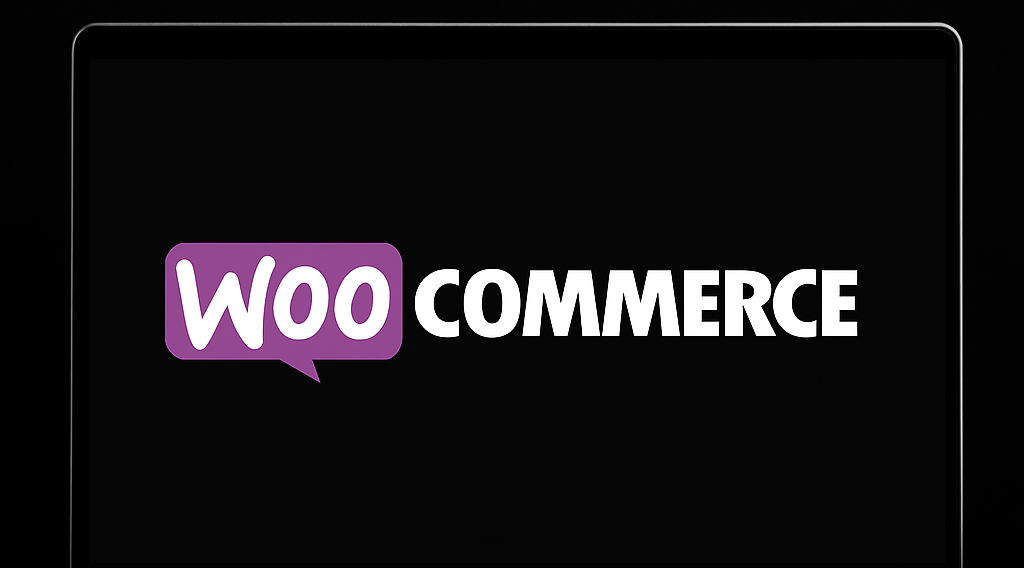Learn how to set up WooCommerce in WordPress with this complete step-by-step guide for 2025. From installation to product listing and payment setup – everything you need to start your eCommerce store today!
Introduction
If you’re planning to launch an online store, there’s no better combination than WooCommerce and WordPress. Together, they form a powerful, scalable, and cost-effective solution for selling anything online. Whether it’s digital products, clothing, gadgets, or services, WooCommerce provides everything you need.
In this comprehensive guide, you’ll learn how to set up WooCommerce in WordPress from scratch, step-by-step. Let’s begin your journey into the world of eCommerce!
Why Choose WooCommerce?
Before we jump into how to set up WooCommerce in WordPress, let’s explore why WooCommerce is the preferred eCommerce solution:
🆓 Free & Open Source
🔌 Seamless WordPress Integration
🧩 Hundreds of Extensions
💳 Secure Payment Options
📦 Easy Product & Inventory Management
📈 SEO-Friendly & Scalable
Now, let’s understand how to begin setting up WooCommerce on your WordPress site.
Step 1: Install WordPress
Before learning how to set up WooCommerce in WordPress, ensure you have WordPress installed on your domain.
Get a domain & hosting (recommend: Bluehost, Hostinger, SiteGround)
Use one-click WordPress installer from your hosting panel
Login to your WordPress dashboard (
yourdomain.com/wp-admin)
Step 2: Install and Activate WooCommerce Plugin
Steps:
Go to Plugins > Add New
Search for “WooCommerce”
Click Install Now
Click Activate
Once activated, WooCommerce will launch a Setup Wizard to guide you through the basics.
Step 3: WooCommerce Setup Wizard
Follow these important steps in the WooCommerce setup wizard:
1. Store Details
Add your business address, country, and currency.
2. Industry Type
Choose industry: fashion, electronics, food, digital products, etc.
3. Product Type
Choose if you’re selling physical, digital, subscriptions, bookings, etc.
4. Business Details
Indicate your selling level: beginner, expert, etc.
5. Theme Selection
Choose from default WordPress themes or install a WooCommerce-optimized theme.
This wizard helps simplify how to set up WooCommerce in WordPress without coding.
Step 4: Configure Key WooCommerce Settings
Now that WooCommerce is installed, go to WooCommerce > Settings and configure:
1. General Settings
Set selling locations
Enable tax settings
Set default currency
2. Products Settings
Choose weight units, dimensions
Enable product reviews
Add product display options
3. Tax Settings
Enable automatic tax calculation or manually configure tax rates per region.
4. Shipping Settings
Set shipping zones (e.g., India, US)
Create flat-rate, free shipping, or local pickup options
5. Payments
Enable methods like:
PayPal
Stripe
COD (Cash on Delivery)
Direct Bank Transfer
These configurations are a crucial part of how to set up WooCommerce in WordPress effectively.
Step 5: Add Products to Your Store
Go to Products > Add New
Fields to Fill:
🛍️ Product Name
✍️ Description (long & short)
🖼️ Images (Product + Gallery)
💸 Price (Regular & Sale)
🔢 SKU, stock status, quantity
🔄 Product Categories & Tags
For digital products, you can upload files directly.
Adding products correctly is essential when learning how to set up WooCommerce in WordPress.
Step 6: Set Up Cart, Checkout, and My Account Pages
WooCommerce usually auto-creates these pages. If not:
Go to WooCommerce > Status > Tools
Click Create default WooCommerce pages
Ensure the following pages are created and published:
Assign these under WooCommerce > Settings > Advanced.
Step 7: Install a WooCommerce-Optimized Theme
To improve design and performance, install a WooCommerce-compatible theme:
Popular Free Themes:
Astra
OceanWP
Storefront
Blocksy
Premium Options:
Flatsome
Divi
WoodMart
Neve Pro
The right theme improves your store’s UX, which is key when mastering how to set up WooCommerce in WordPress.
Step 8: Install Essential WooCommerce Extensions
To enhance functionality, install plugins like:
WooCommerce PDF Invoices
WooCommerce Subscriptions
WooCommerce Bookings
Mailchimp for WooCommerce
Currency Switcher
WP Rocket (for speed)
Adding extensions gives flexibility and completes your understanding of how to set up WooCommerce in WordPress for all business models.
Step 9: Set Up Analytics and Reports
Go to WooCommerce > Analytics to view:
Revenue
Orders
Product Performance
Customer Behavior
Install Google Site Kit for GA4 integration to track conversions and site visits.
Step 10: Test Before Launch
Before going live:
Place a test order
Check payment gateways
Verify email notifications
Test shipping methods
Optimize page speed with tools like GTmetrix or PageSpeed Insights
Testing ensures a smooth customer experience and shows you’ve mastered how to set up WooCommerce in WordPress the right way.
Bonus: Optimize Your Store for SEO
SEO is crucial for traffic and sales. Optimize:
🏷️ Product Titles (use keywords)
📝 Meta Descriptions
🧩 Use Rank Math SEO plugin
🖼️ Add alt text to images
🧭 Generate Sitemap
Strong SEO ensures that your store is found easily and is part of learning how to set up WooCommerce in WordPress with marketing in mind.
FAQs – How to Set Up WooCommerce in WordPress
Q1. Is WooCommerce free to use?
Yes, WooCommerce is 100% free. You can add premium extensions as needed.
Q2. Can I sell digital products with WooCommerce?
Absolutely! WooCommerce supports downloadable and virtual products.
Q3. Do I need coding knowledge to set up WooCommerce?
No. WooCommerce is beginner-friendly and works through a visual dashboard.
Q4. Which theme is best for WooCommerce?
Astra and Storefront are popular free options. Flatsome is best for premium users.
Q5. How do I get payments in my bank account?
Set up payment gateways like PayPal or Stripe to receive payments directly.
Q6. Can I use WooCommerce for a multivendor store?
Yes. Use plugins like Dokan or WC Marketplace to enable multivendor functionality.
Conclusion
Now you know exactly how to set up WooCommerce in WordPress — from installation to configuration, adding products to testing, and launching. Whether you’re a beginner or setting up your tenth online store, WooCommerce gives you full control.
Next Steps:
Promote products via SEO & email marketing
Add new plugins as your business grows
Keep updating your product list & offers
Setting up WooCommerce in WordPress is your gateway to starting a successful eCommerce business in 2025!














